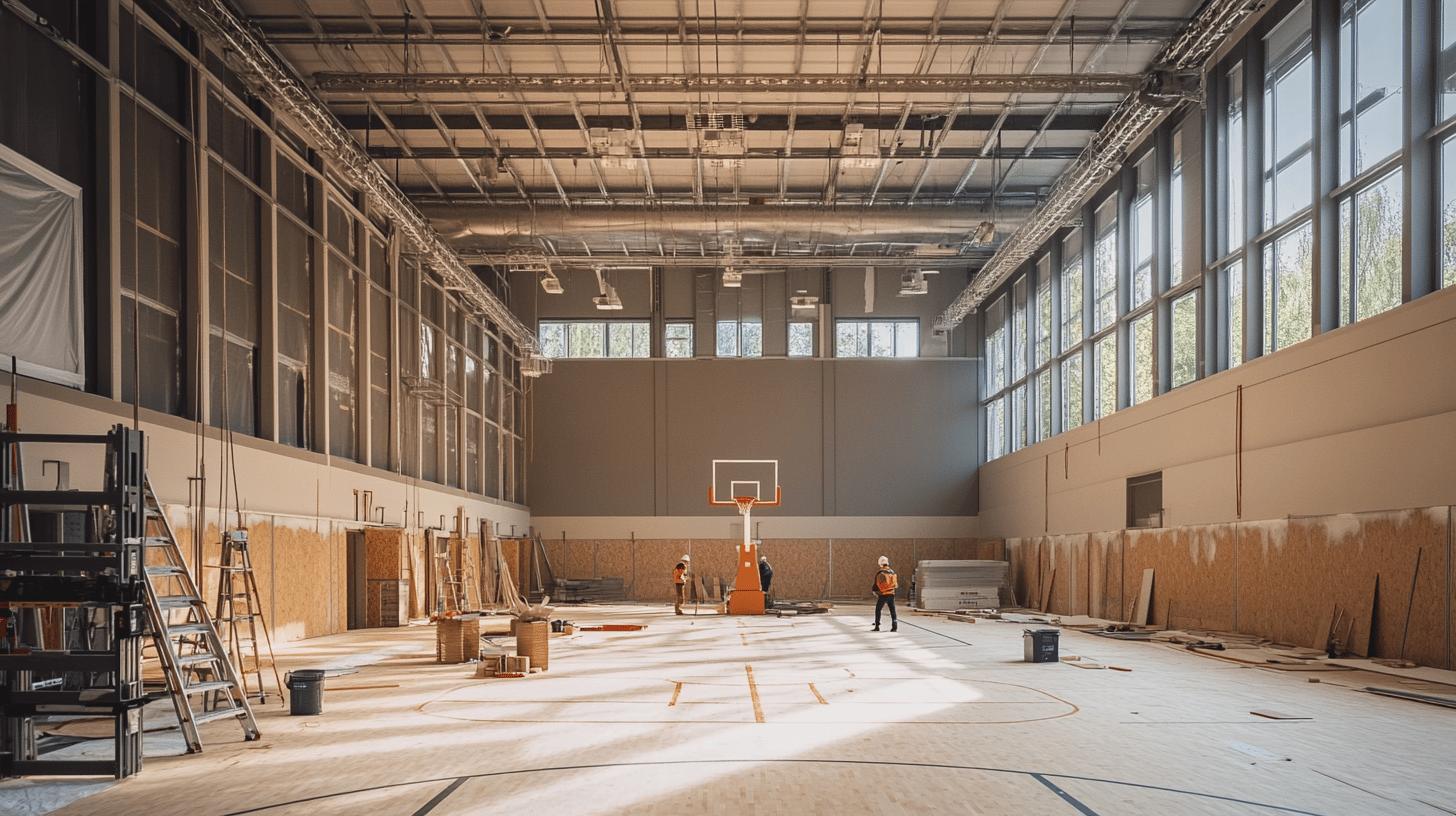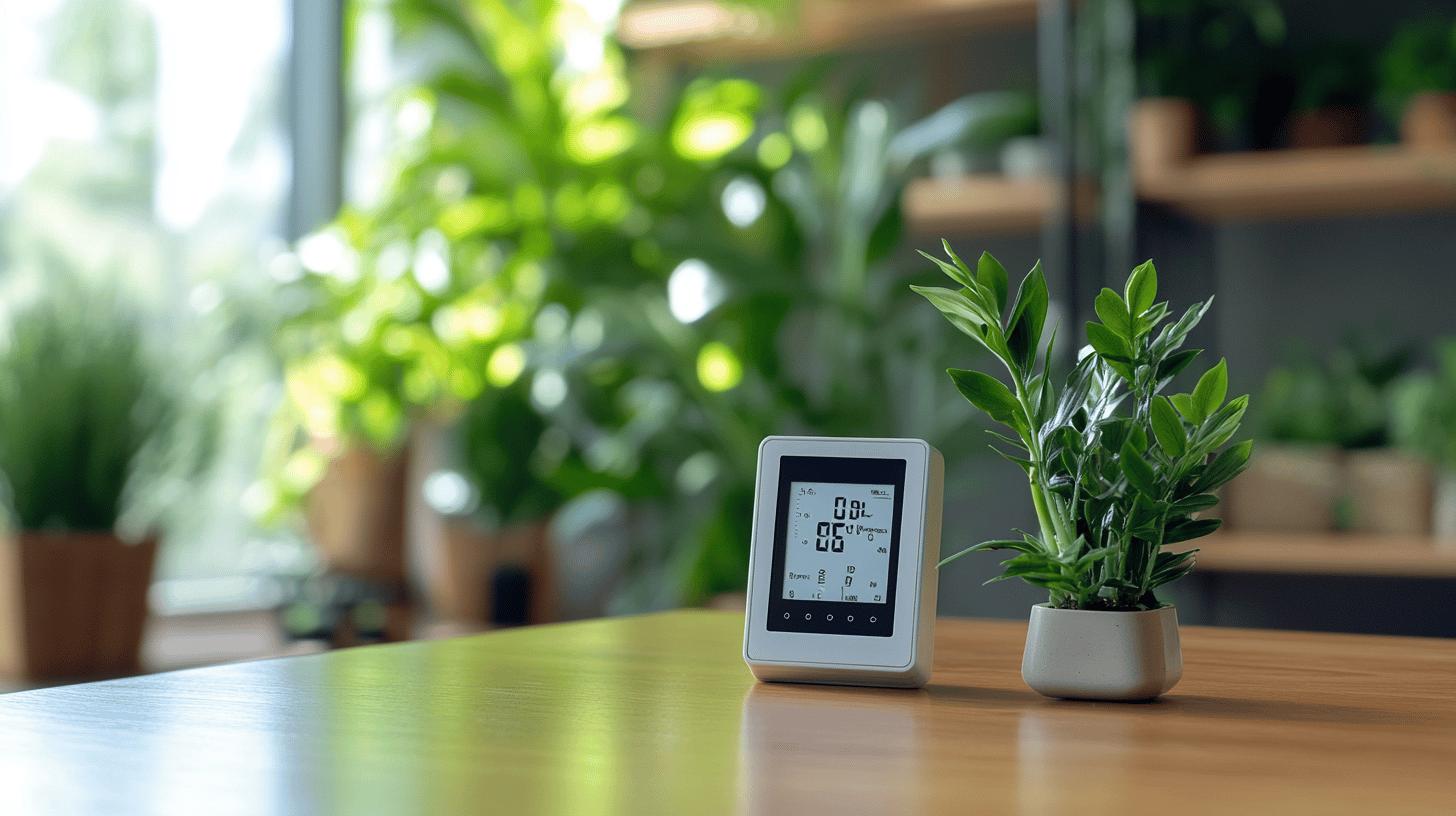Imagine trying to play on a tired timber court, where every bounce feels harder, the floor less forgiving, and the risk of injury looming larger. Shock-pad retrofits offer a transformative solution, breathing new life into these ageing surfaces. By integrating shock-absorbing materials beneath existing timber, these retrofits not only prolong court lifespan but significantly enhance safety and performance. For any sports facility manager committed to maintaining high-quality flooring for an optimal sports experience, understanding this innovative approach is essential. Explore how shock-pad retrofits can revitalise your timber courts, offering both cost-effective maintenance and improved athlete safety.
Understanding Shock-Pad Retrofits for Timber Courts
Shock-pad retrofits involve the installation of a shock-absorbing layer beneath existing timber sports surfaces. This process enhances the court’s performance by improving shock absorption, reducing the risk of injuries, and revitalising the playing surface. Such retrofits transform tired timber courts into resilient sports flooring environments, providing a safer and more enjoyable experience for athletes.
Timber courts, over time, can become worn and less effective at absorbing impact, leading to increased risk of injuries and discomfort for athletes. Retrofitting these courts with shock pads is essential to restore their functionality and safety. Shock-pad retrofits address the limitations of ageing timber surfaces by providing consistent performance and improved resilience. This necessity is driven by the desire to maintain modern standards in sports facility management, ensuring that courts remain competitive and appealing to users.
- Enhanced shock absorption reduces joint strain for athletes.
- Improved safety minimises the risk of slips and falls.
- Consistent surface performance boosts athlete confidence and comfort.
- Cost-effective alternative to total court replacement.
- Extends the court’s lifespan, delaying the need for more extensive renovations.
.
By implementing shock-pad retrofits, the lifespan of timber courts can be significantly extended. The shock-absorbing materials not only improve the surface’s playability but also protect the underlying timber from wear and tear. This results in lower maintenance costs and prolongs the court’s usability. The improved cushioning effect offered by shock pads leads to enhanced playability, making the courts more attractive for high-impact sports and increasing overall user satisfaction.
The Retrofit Process: Transforming Timber Courts
The retrofit process for timber courts involves a comprehensive approach to revitalising existing sports surfaces by installing shock-absorbing pads. This transformation not only enhances cushioning but also significantly reduces the impact on athletes’ joints, offering innovative court solutions that upgrade tired timber floors.
Preparation and Assessment
The initial phase of the retrofit process focuses on a thorough evaluation of the court’s current condition. This includes assessing the wear and tear of the existing timber surface and identifying specific needs for improvement. Professionals examine the structural integrity and determine the appropriate shock pad material to ensure compatibility with the existing flooring.
Installation of Shock Pads
Once the assessment is complete, the installation of shock-absorbing materials begins. High-quality rubber or foam pads are meticulously placed beneath the timber surface. This process requires precision to ensure that the pads are evenly distributed, providing consistent shock absorption across the entire court. The installation is a critical step in transforming the court into a more resilient and safer playing environment.
Final Adjustments and Testing
After the shock pads are installed, final adjustments are made to optimise the court’s performance. This includes levelling the surface and conducting performance tests to verify the effectiveness of the retrofit. Testing ensures that the shock absorption meets industry standards and that the court provides enhanced safety and comfort for athletes.
| Step | Description |
|---|---|
| Preparation and Assessment | Evaluate court condition and determine needs |
| Installation of Shock Pads | Install rubber or foam pads under timber surface |
| Final Adjustments and Testing | Perform surface levelling and safety testing |
Materials and Technologies in Shock-Pad Retrofits

Shock-pad retrofits utilise a variety of materials designed to absorb impact and enhance the performance of sports courts. Among the most common materials are rubber and foam, known for their durability and shock-absorbing properties. Rubber pads provide excellent resilience and long-lasting performance, making them a popular choice for high-traffic areas. Foam pads, on the other hand, offer superior comfort and are ideal for environments where player safety is paramount. These materials are engineered to work seamlessly with existing timber surfaces, ensuring consistent performance and a cushioned experience for athletes.
- Advanced polymers improve shock absorption efficiency and durability.
- Interlocking systems facilitate easy installation and replacement.
- Perforated designs enhance water drainage, reducing slip hazards.
- Eco-friendly materials contribute to sustainable sports surfaces.
.
Material thickness plays a crucial role in the performance of shock-pad retrofits. Options range from 10mm to 25mm, with thicker pads offering enhanced cushioning and impact reduction. Thicker pads are particularly beneficial for sports involving high-impact activities, as they provide greater protection against injury. Selecting the appropriate thickness ensures the retrofit meets the specific needs of the facility, balancing comfort, safety, and performance.
Cost Considerations and Economic Benefits of Shock-Pad Retrofits
Cost considerations for shock-pad retrofits are influenced by several factors, including the size of the court, choice of materials, and associated labour expenses. Materials like high-quality rubber or foam can vary in cost, impacting the overall budget. However, when compared to the expense of completely replacing a court, retrofits stand out as a more economical solution. Labour costs for installation can also vary based on regional rates and the complexity of the project. Despite these variables, the long-term savings achieved through retrofitting make it an attractive option for facility managers aiming to optimise their budgets.
- Reduced maintenance costs due to improved durability.
- Increased facility usage through enhanced playability.
- Extended lifespan of existing courts, delaying major renovations.
- Enhanced athlete performance, attracting more users.
- Lower initial investment compared to full court replacement.
.
Financial incentives for shock-pad retrofits can further enhance their appeal. Many local governments and sports organisations offer grants or subsidies to promote sustainable upgrades, reducing the financial burden on facilities. Additionally, the cost savings from reduced maintenance and the extended lifespan of the courts contribute to a favourable return on investment. By choosing retrofits over full replacements, facilities can maintain high standards of safety and performance while managing expenses effectively.
Case Studies: Success Stories in Shock-Pad Retrofits
Case studies serve as compelling evidence of the transformative impact of shock-pad retrofits on tired timber courts. They illustrate the tangible benefits of improved resilience and player comfort, with users frequently reporting significant enhancements in court quality. These success stories highlight reduced wear and tear and elevated athlete performance post-retrofit, making them invaluable in demonstrating the effectiveness of this upgrade approach. By examining real-world examples, stakeholders can better appreciate the practical advantages of implementing shock-pad retrofits in sports facilities.
| Case Study | Key Improvements |
|---|---|
| Local Gymnasium | Enhanced resilience and reduced maintenance costs |
| Community Sports Centre | Increased player comfort and safety |
| University Sports Hall | Improved performance and extended court lifespan |
Final Words
Implementing shock-pad retrofits for timber sports courts represents a cutting-edge solution to enhance performance and safety. By installing shock-absorbing pads, facilities can significantly reduce injury risks while extending court lifespans.
This technical process involves strategic preparation, assessment, and installation, utilising advanced materials like rubber and foam for optimum cushioning. Cost-effective compared to complete replacements, retrofits offer financial benefits without prolonged downtime.
Incorporating these solutions revitalises tired timber courts, ensuring athletes enjoy improved playability and comfort, proving that shock-pad retrofits breathe new life into tired timber courts.
Why Shock Absorption is Vital in Sports Flooring
Add shock-pads → Wooden Sports Flooring
FAQ
What is a shock-pad retrofit for timber courts?
A shock-pad retrofit involves installing shock-absorbing materials beneath existing timber court surfaces. This process enhances performance by providing improved shock absorption, which reduces injury risks and extends court lifespan.
Why is retrofitting necessary for timber courts?
Retrofitting is essential for maintaining safety and playability in ageing timber courts. Enhanced cushioning reduces impact on joints, improving athlete performance and extending floor longevity while offering a cost-effective renovation solution.
What are the benefits of shock-pad retrofits?
Shock-pad retrofits offer several benefits, including:
- Enhanced shock absorption
- Reduced injury risks
- Improved playability
- Extended court lifespan
- Cost-effective renovation
.
How are shock pads installed under timber courts?
Shock pads are installed under timber courts by positioning shock-absorbing materials such as high-quality rubber or foam beneath the existing surface, providing enhanced cushioning and resilience to improve athlete safety and performance.
What materials are used in shock-pad retrofits?
Common materials include rubber and foam, which effectively absorb impact. Various thicknesses, like 10mm, 20mm, and 25mm, are available to enhance comfort and performance by providing tailored cushioning solutions.
What costs are involved in shock-pad retrofits?
Costs depend on court size, material choice, and labour. However, retrofitting is generally more cost-effective than full court replacement, reducing maintenance expenses and enhancing facility usability without major downtime.


